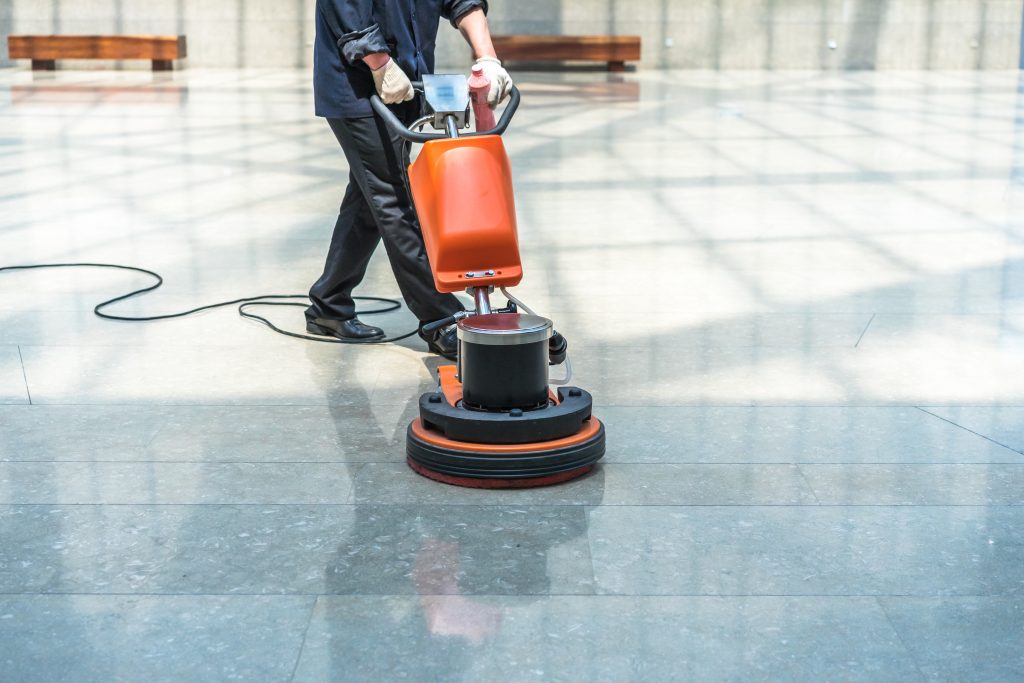Top 5 Concrete Floor Problems And What To Do About Them

Top 5 Concrete Floor Problems And What To Do About Them

Out of all the materials used for flooring, concrete still remains one of the best flooring solutions. This is because concrete floors are highly durable, can be constructed fast enough, and are resistant to dampness. As such, you’ll find concrete floors used in industrial premises, like warehouses, data centers, factories, pharmaceuticals, and residential buildings.
Even so, concrete floors have a number of problems, especially for industrial applications where human and machine traffic and loads are relatively high. Here are the top five concrete problems and what you can do about them:
- High Porosity
Porosity is basically a measure of the empty spaces found within a given material. Concrete is a highly porous material, especially when the aggregates used for its preparation are porous. This means that concrete is highly permeable to water.
If exposed to salty water, the salt deposits within the concrete are likely to heighten corrosion of the reinforcement steel bars, making the concrete floor weaker. These salts also lead to extensive surface cracking, which turns beautiful floors into something aesthetically unpleasant.
One way to stop your concrete floor from taking in moisture is to apply epoxy and urethane floor coatings, which are less permeable. By preventing the continuous absorption of moisture, your concrete floor is likely to retain its original high-strength structure for decades.
- Low Resistance To Abrasion
Wear and tear on most concrete floors are a huge turn-off. Some of the factors that lead to low resistance to abrasion include:
- High water to cement ratio: This increases the amount of free water in concrete, which reduces concrete compactness.
- Poorly graded aggregates: When relatively large aggregates are mixed with fine ones, with no other aggregates of varying smaller sizes in the mixture, the resulting concrete structure becomes susceptible to abrasion.
- Air content: A higher air content is responsible for delamination and blistering of concrete floors, which enhances abrasion.
Low resistance to abrasion can be avoided by using well-graded aggregates, using water-reducing admixtures to lower the water-cement ratio, timing the finishing of concrete structure properly to reduce air content, and properly curing concrete.
But if your floor is already constructed, you may want to call a contractor to upgrade it to polished concrete floors. This involves micro-grinding, deep cleaning, densifying, hardening, and sealing the surface to achieve a shiny look with high resistance to abrasion, adequate slip resistance, great ease of maintenance, and low susceptibility to dirt accumulation.
- Difficult To Clean
Concrete floors, if not finished well, develop numerous micro-cracks, which make them susceptible to dirt. This also makes it difficult to keep the concrete floor sparkling clean.
Installing a polished concrete floor is a great solution to solve this problem. Otherwise, try these simple cleaning steps for your concrete floor:
- Clear debris by using a vacuum or a soft bristle broom
- Spray a cleaning solution across your surface
- Mop the floor using a damp mop and clean water
- Allow the floor to completely dry.
- Unraveling Of Control Joints
Given the usual fluctuation in temperatures in the course of day and night, you need expansion joints in your concrete floor to allow seamless expansion and contraction. Without control joints, your concrete floor may develop huge cracks.
These joints are usually filled with thin removable materials and capped with an appropriate sealant. As humans and machines tread over the concrete floor, the joint fillers and sealants may get damaged, exposing the unsightly joints.
Consider using high-quality sealants and padding all machine wheels and equipment stands with rubber to reduce floor damage.
- Crazing
Unlike cracking, crazing forms fine random cracks across the surface. This is mainly caused by:
- Early drying of your concrete surface,
- Wetting and drying at an early stage,
- Over-troweling when the surface is still wet,
- Use of aggregates with excess clay, and
- Overuse of vibrating screed.
Crazed floors mainly collect dirt and make the cleaning process bothersome. Avoid such setbacks by:
- Moist-curing your floor,
- Spraying a monomolecular curing compound on your concrete floor surface, or
- Using a drier or a stiffer after casting the concrete floorÂ
Takeaway: All Things Considered
Concrete floors are your go-to option for most industrial spaces. This is because they have several advantages, as detailed at the beginning of this article.
However, depending on the quality of workmanship and preparation method, concrete floors can develop several problems along with their service life. Fortunately, most of these problems have corresponding effective solutions, such as surface polishing. All you need to do is seek the advice of professionals and they’ll fix your deteriorating concrete floor.
Comments are closed